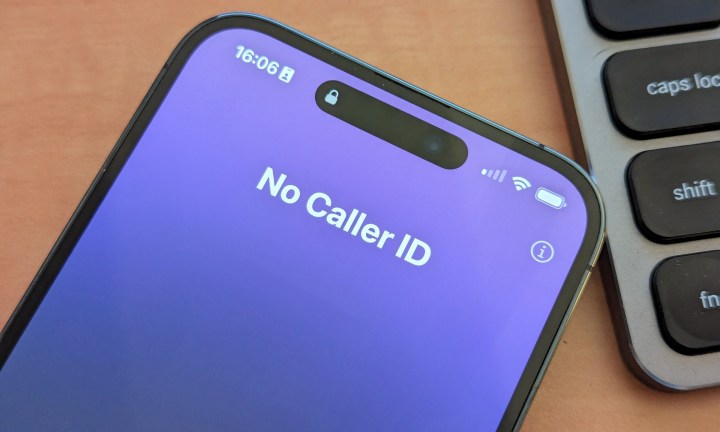
Although the Federal Communications Commission (FCC) has effectively banned number spoofing from robocalls, that only prevents someone from making up a fake caller ID to try to trick you into answering — it doesn’t mean that callers are required to send their caller ID.
That means you’ll still encounter moments when your smartphone rings and you don’t know who is calling. When this happens, most phones will display either “Unknown Caller” or “No Caller ID” to indicate that this information isn’t available. However, these phrases mean slightly different things, so it’s helpful to know the difference before you answer a call.
What does ‘No Caller ID’ mean?
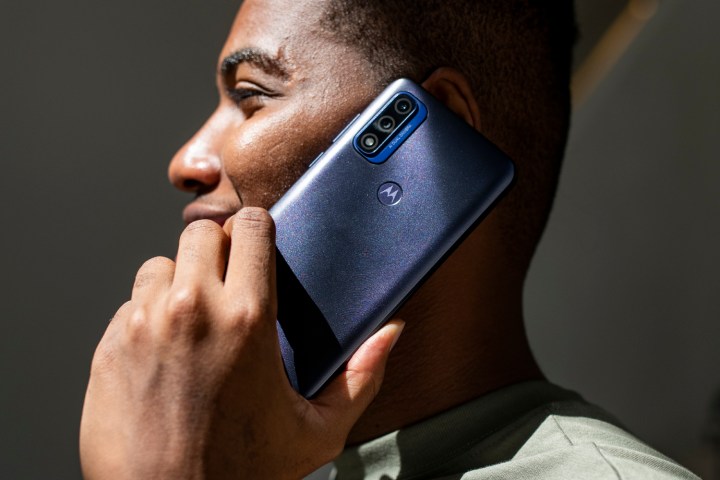
“No Caller ID” is the most specific of the two conditions and means that the caller has chosen to suppress their caller ID information in some way. Note that some Android phones will show this as “Private Number” instead — a more accurate description that means the same thing.
This doesn’t necessarily indicate that the caller turned caller ID off just for you. Many smartphones have a setting that turns this off for every call. On an iPhone, this can be found under Settings > Phone > Show My Caller ID, while on most Android phones, it’s in the Phone app under Settings > Calls > Additional Settings > Caller ID.
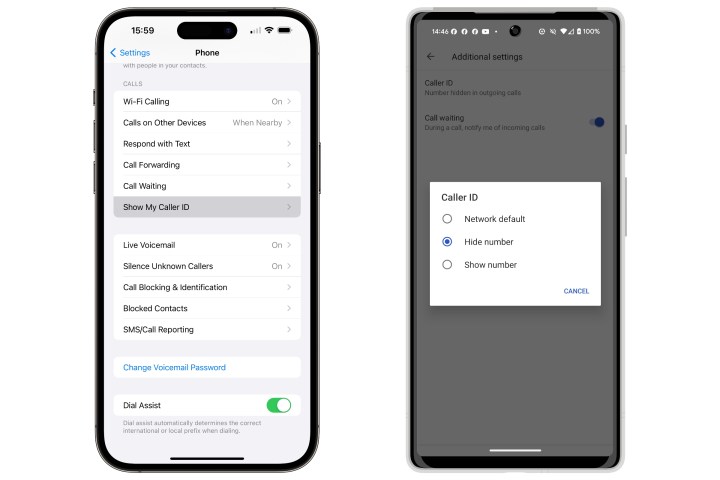
It’s also possible for landlines to be set up with their caller ID permanently disabled. This is quite common for organizations where security and privacy are important, such as hospitals and women’s shelters.
Most mobile carriers will let you block caller ID when placing a call by prefixing the number with #31#. If caller ID is turned off in your settings, you can temporarily send caller ID for a specific call by dialing *31# before the number. North American landline carriers typically use *67 to block caller ID. However, we recommend checking with your carrier to confirm their specific codes.
What does ‘Unknown Caller’ mean?
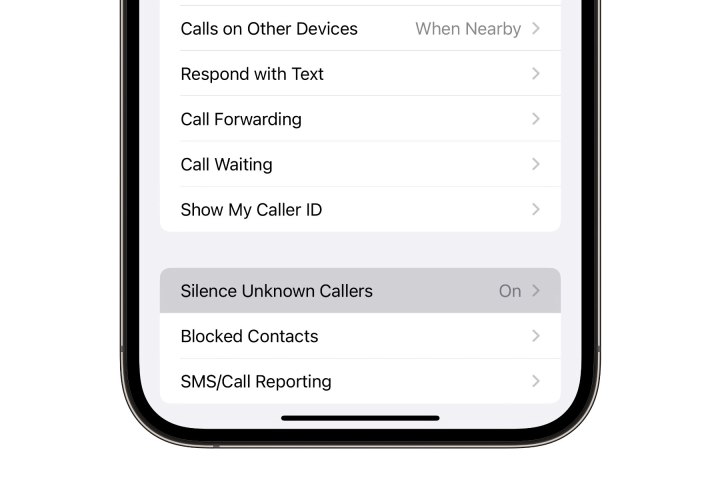
Understanding “Unknown Caller” on your phone’s display can be a bit trickier since there may be different reasons for it.
Technically, it means the caller ID information isn’t available. This could be due to a network error, a problem on a carrier’s end, or simply an incompatibility between phone networks. For example, it’s not uncommon for international calls or those from some VoIP providers to come in as unknown simply because the other telephone network isn’t presenting the caller ID information in a format that your local carrier can decipher; it may not even be presenting any caller ID information at all.
An unknown caller can also sometimes be the result of a network glitch. The caller could be someone you know, but their caller ID isn’t correctly passed on to your phone for whatever reason. During its initial rollout years ago, Verizon’s HD Voice feature broke caller ID for many customers. That’s ancient history now, but it demonstrates how these things can happen.
Lastly, if you see “Unknown caller” on every incoming call, it’s a good idea to contact your carrier and confirm you’re subscribed to a plan that includes caller ID and that your carrier hasn’t inadvertently switched it off on your account. While most modern plans include caller ID as part of the base package, there was a time when they charged extra for it, and back-end systems still treat it as an add-on, which means it can also be removed.
Although it’s a long shot, you can also try dialing *#30# on your mobile phone. This is a standard GSM feature code that’s used to check if incoming caller ID is enabled on your line. If you get a response that says it’s off, you can dial *30# to try re-enabling it, although not all carriers support these codes.
What’s the difference between Unknown Caller and No Caller ID?
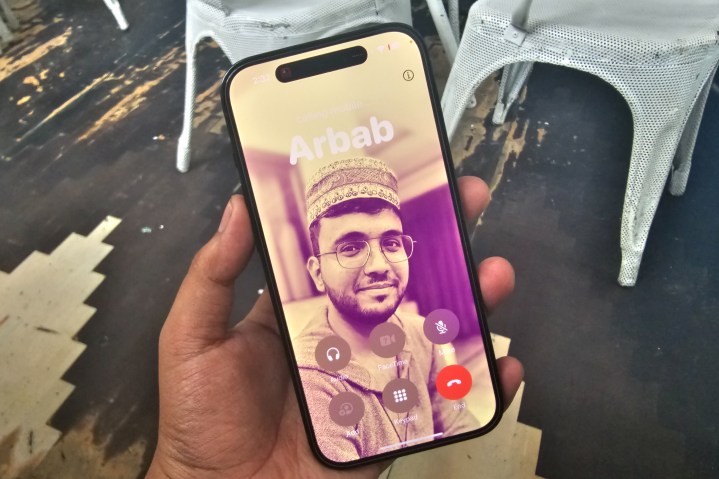
“No Caller ID” or “Private Number” always means the caller has deliberately hidden their number. In this case, your phone receives a valid caller ID signal, but instead of the actual number, it contains a message that the number is blocked.
“Unknown Caller” means the caller ID information isn’t there. Your carrier may not have received any caller ID data from the calling party, or it may have received corrupted data that it can’t decode into a proper phone number. This depends on the carrier; some will send whatever digits they receive, even if they don’t make sense, while others will filter out anything that doesn’t translate into a phone number, leaving you with the “Unknown caller” message instead.
Keep in mind that it doesn’t mean a call is suspect just because you see “Unknown Caller” or “No Caller ID” (or “Private Caller”) on your phone. There are numerous reasons why a call might be unknown, almost none of which are a deliberate attempt for a caller to hide their identity.
Further, many people and organizations have legitimate reasons for blocking their caller ID. Certain professionals, such as teachers, doctors, and lawyers, may choose to do so when placing business calls from a personal phone so as not to disclose their number to students, patients, or clients. Sometimes, it’s easy for those folks to forget to switch their caller ID back on when they go back to calling friends and family.
Can I block these calls?

If you find yourself inundated with unknown or “No Caller ID” calls, the good news is that, depending on your smartphone model and operating system, it’s pretty easy to filter them out.
If you’re using a recent version of Android, you should be able to find this option in your Phone app under Settings > Blocked Numbers. Toggling this on will silence any calls that don’t include proper caller ID, whether that’s because it’s missing or it’s been deliberately blocked.
Unfortunately, iPhone users will have to take a slightly more drastic approach. An option in Settings > Phone > Silence Unknown Callers will block calls without proper caller ID, but it will also silence those that include a number your iPhone can’t find in your contacts, recent calls, messages, or emails. The iPhone is pretty clever about this, as it can scan signature blocks of emails you’ve received in Apple’s Mail app to try and tie a phone number to a person and let it through, but it still increases the possibility that you could miss a legitimate call.
You can learn more about how to deal with spam and other unwanted calls on both Android and iPhone in our guide on how to stop spam calls.
Editors' Recommendations
- Unknown Caller: What does it mean? And can you find out who it is?
- Truecaller brings AI-powered spam call filtering to any iOS or Android phone
- Stop spam calls with the best call and text blocker apps
- Apple iPad (2019) vs. iPad (2018): What difference does a year make?
- Samsung Galaxy S21 vs. Galaxy S20: What difference does a year make?




